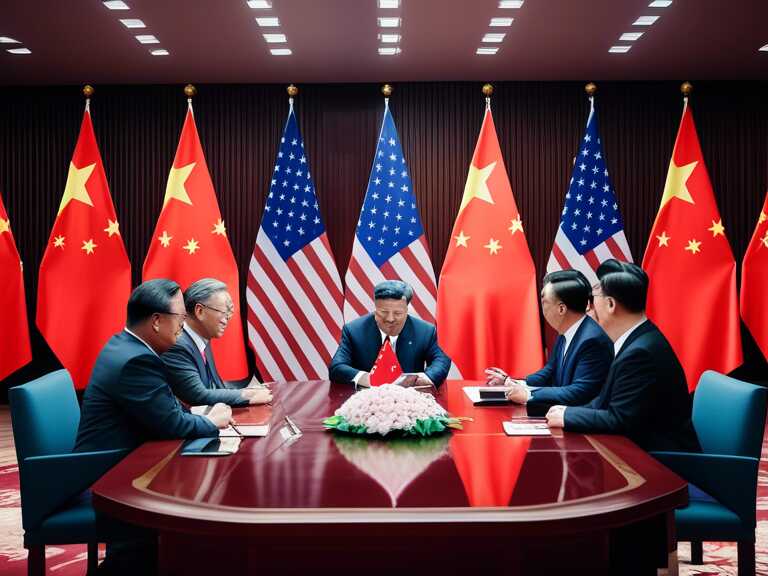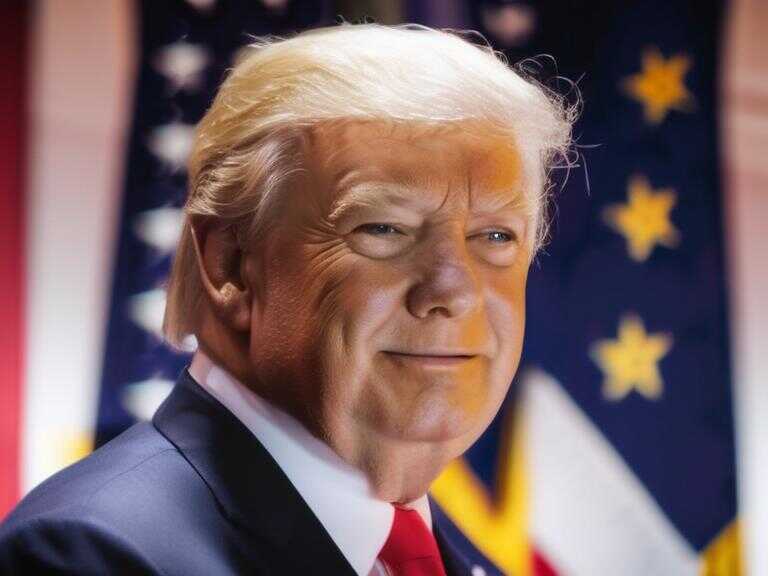
US-China Resume Nuclear Arms Talks, Pledges Against Atomic Threats Over Taiwan
The US and China had semi-official nuclear arms talks; Beijing reassured no atomic threats over Taiwan, affirming ability to win conventionally.

In a significant development, the United States and China resumed semi-official nuclear arms talks in March, marking the first time in five years that such discussions took place. Representatives from both countries engaged in a two-day meeting in a Shanghai hotel conference room.
During the talks, Chinese representatives conveyed to their American counterparts that they would not resort to atomic threats over Taiwan. This comes in the backdrop of heightened tensions, with Beijing viewing the democratically governed island as its territory, a claim rejected by the government in Taipei.
According to scholar David Santoro, the Chinese representatives were adamant that they could prevail in a conflict over Taiwan without the need to use nuclear weapons.
Track Two Talks
The discussions were part of what is known as "Track Two" talks, involving former officials and academics who can speak with authority on their government's position. These talks are distinct from formal government-to-government negotiations, known as Track One. Participants included former officials and scholars from both sides.
The U.S. was represented by about half a dozen delegates, including former officials and scholars. The State Department, while not directly participating in the talks, acknowledged the potential benefits of such discussions.
Escalating Tensions
The talks between the nuclear-armed powers occurred against the backdrop of escalating tensions over major economic and geopolitical issues. Both Washington and Beijing have accused each other of dealing in bad faith.
The discussions focused on nuclear weapons and posture, with the Pentagon estimating a significant increase in Beijing's nuclear arsenal in recent years. China's military modernization efforts include the production of next-generation ballistic missile submarines, testing of hypersonic glide vehicles, and regular nuclear-armed sea patrols. Despite frustrations on both sides, the two delegations expressed a willingness to continue the dialogue. Plans for further discussions in 2025 are already in motion.
Nuclear Capabilities
The U.S. Department of Defense estimates that China currently has 500 operational nuclear warheads, a number that is projected to increase to over 1,000 by 2030. This places China in the same league as major nuclear powers like the U.S. and Russia.
China's modernized arsenal, comprising weapons on land, in the air, and at sea, provides the nation with a "nuclear triad," a defining characteristic of a major nuclear power.
Policy and Stance
One of the key points of discussion was whether China still adheres to its "no-first-use" and minimal deterrence policies, dating back to the 1960s. Chinese delegates affirmed their commitment to these policies, stating that they are not seeking nuclear parity or superiority with the U.S.
While the U.S. has raised proposals for nuclear-weapons risk reduction, China has yet to respond substantively, leading to concerns about the ambiguity of Beijing's nuclear doctrine.
Chinese Nuclear Strategy
China's expanded nuclear arsenal, which includes various types of weaponry, has prompted discussion and speculation about the nation's nuclear strategy. Chinese talking points revolve around the "survivability" of their nuclear weapons in the event of a first strike, as well as their efforts to cope with developments such as improved U.S. missile defenses and strengthened alliances.
International Collaboration
The U.S., Britain, and Australia have signed a deal to share nuclear submarine technology and develop a new class of boats, while the U.S. is also coordinating responses to potential atomic attacks with South Korea.
U.S. Nuclear Policy
Washington's policy on nuclear weapons includes the possibility of using them in extreme circumstances if deterrence fails, but specific details were not disclosed.
Despite the discussions, much remains to be resolved with respect to the nuclear capabilities and strategies of both the U.S. and China. As the geopolitical landscape continues to evolve, ongoing dialogue and engagement between these two major powers will be crucial for global security and stability.
Share news















